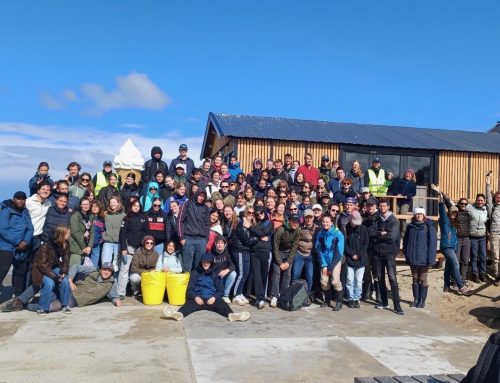What happens under the water surface when we restore temperate reefs?
Subtidal reefs in temperate seas — like those in the Dutch North Sea built by shellfish or tube-building worms, or rocks — quietly support a web of marine life, yet we know surprisingly little about how they function. As restoration efforts expand around wind farms and marine protected areas, this knowledge becomes crucial.
In our new study – led by Caterina Coral – we compared remnant biogenic and geogenic reefs with sandy seafloor habitats. We found that reefs increase biodiversity and food-web complexity, supporting species such as edible crab (Cancer pagurus) and pouting (Trisopterus luscus). These networks are more connected and resilient, meaning reefs help stabilize marine ecosystems.
Our findings show that restoring and conserving temperate reefs can strengthen food webs and mitigate human impacts — offering a blueprint for healthier coastal seas.
link to paper in MEPS: https://doi.org/10.3354/meps14883 “Subtidal temperate reefs in marginal seas enhance biodiversity, food web complexity, and ecosystem stability”
Caterina Coral Leandra Kornau Tjisse Van der Heide Joop Coolen hashtagRob Witbaard, Tjeerd Bouma, Marjolijn J. A. Christianen NIOZ Royal Netherlands Institute for Sea Research Wageningen Environmental Research
This paper is the first chapter of Caterina ‘s Ph.D. Thesis and is one of the projects in the North Sea ReViFES project. For a full overview of lessons learned for North Sea reefs see this report: Karin Didderen., W. Lengkeek, T. Van der Heide & T.J, Bouma (eds) (2025). North Sea ReViFES lessons learned for North Sea reefs. Waardenburg Ecology, Culemborg, The Netherlands. https://waardenburg.eco/en-gb/project/north-sea-revifes
drawing by Eisso Beukema


